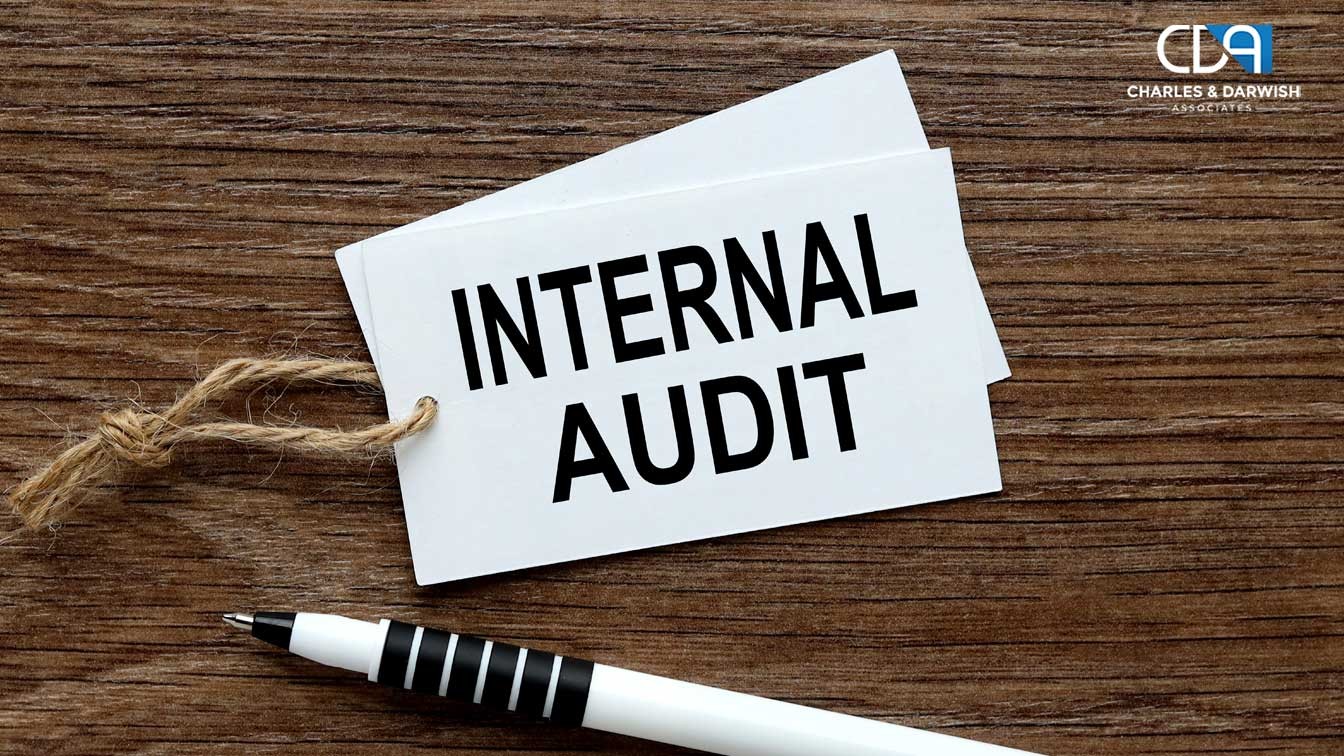What Are the Steps Involved in a Risk-Based Technique for Internal Audits
The traditional method of auditing is related to carrying out tests in order to offer a judgment on the accuracy of the company’s financial accounts. A risk-based audit completely focuses on risks as compared with a traditional audit. It is a method that links the organization’s risk criteria to the internal auditing method. This method of risk-based auditing not only determines the risk profiles of an organization but also helps in the efficiency of the business and focuses on the major organizational needs. This particular method views and evaluates the company as a whole as well as manages risks associated with the company. The internal auditors should address these risks and provide various suggestions to make efficient decisions. The risks that have the highest priority should be addressed and audited first. This approach makes sure that the business goals and objectives are prioritized while maintaining a good risk auditing approach.
In a case study, Greek banks adopted internal audit functions that were based on the traditional approach of auditing. An examination of branches and accounts was done and it was concluded that the traditional internal auditing did not provide accurate results and failed to meet the appropriate risk coverage standards. To avoid this kind of situation, a company should follow the risk-based internal auditing approach by following these steps:
Step 1:
The first step in the long process of risk-based internal auditing is understanding and identifying the risks. An auditor should have the entire knowledge and understanding of the environment of the company and the way it carries out business. The auditor should be familiar with the framework of risk that the company follows and should understand the internal controls of the company. This information can be carried out by an analytical process that includes proper observation, examination, evaluation, and documentation of the company. This process can be a bit tedious for the auditor, but it is the very first step and an important one in the risk-based internal auditing technique.
Step 2:
The next step involves Assessment of risks, where the auditor evaluates the organizational risks associated with the company. By obtaining knowledge and having relevant skills, the auditor can point out the exact sector of the company where the risk is highest and can detect it. After the assessment of risks, it is the auditor’s responsibility to understand the nature of these risks and the impact that they could have on the company. The assessment of risk takes place while developing an internal audit plan for the company as a revised plan can identify new risks associated with the company. While evaluating and classifying the risks, the auditor is expected to use analytical and professional judgement to determine whether or not it is a high risk that may cause a huge impact on the business. This step helps the auditor in differentiating between a high risk and low risk sector.
Read More: Tips To Avoid Internal Audit Mistakes In Dubai, UAE
Step 3:
The third step includes performing the risk-based audit. This step involves the process of actually auditing the risk- based internal factors. After carrying out all the risk assessment procedures, the audit plan comes into action at this very step. The auditing of all the areas is executed and a proper structure of risk management is maintained. More time is given to the areas which are affected by high risks whereas the lower risk areas will not need that much time. And according to their observations, they draft the report regarding the flaws they detected.
Step 4:
The last step in the risk-based internal auditing approach involves keeping a track on any modifications in risks and following up. This technique of auditing requires continuous attention of the auditor and thorough monitoring. The risks associated with the company varies according to the changing needs and the changing of dynamic environment of the organization. Therefore, it is the auditor’s responsibility to keep an eye on any fluctuations or modifications that might occur during the procedure of risk-based internal auditing strategy. Also, the internal auditor must follow up on the observations they gained after the audit and should make sure if the flaws identified are tackled on time.
A risk-based internal auditing approach has several benefits for a company to make it efficient and resourceful. Using this risk-based approach, the auditors will select the best possible strategy for the success of the company.
Read More : How to create a strong internal audit structure for your firm in 2022?
How can CDA help?
Risk based internal audit play a major role for the businesses which undergo various changes. To conduct the best internal audit in Dubai, you can approach CDA which is one of the best
Accounting and Auditing firms. CDA with its experts provides all kind of auditing and bookkeeping services in a personalized manner and provides assistance to its clients in the effective manner. To know more about CDA contact us NOW.

Mark Thompson
Full-stack Developer, Blogger, and Tech Enthusiast.
Mark specializes in digital marketing, SEO, and content strategy.













